After finishing a project, every author has an important decision to make: traditional, self, or hybrid publishing? There are pros and cons to all three, and it’s important that writers make an informed decision.

The Upsides of Self-Publishing
Self-publishing is a solid option for a wide range of writers for many reasons. First of all, the production is remarkably fast. Self-published authors can get their book through a cover designer, editor, and formatter years faster than a traditional publisher can. Not to mention, authors who self-publish don’t have to wait years to find someone who wants to publish their book for them.
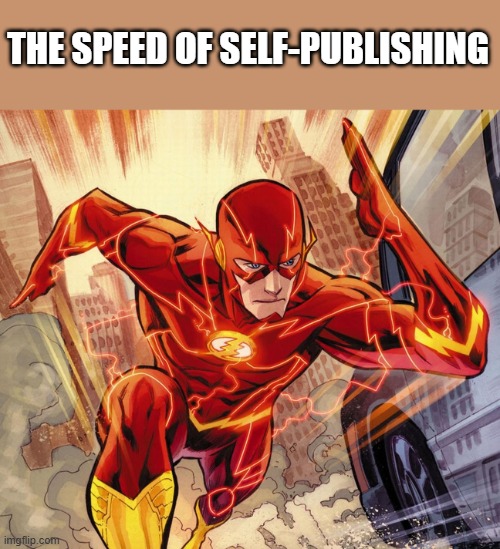
Self-published authors also have a lot more control over the end product of their books. They get full approval over cover design, final editorial decisions, and so much more.
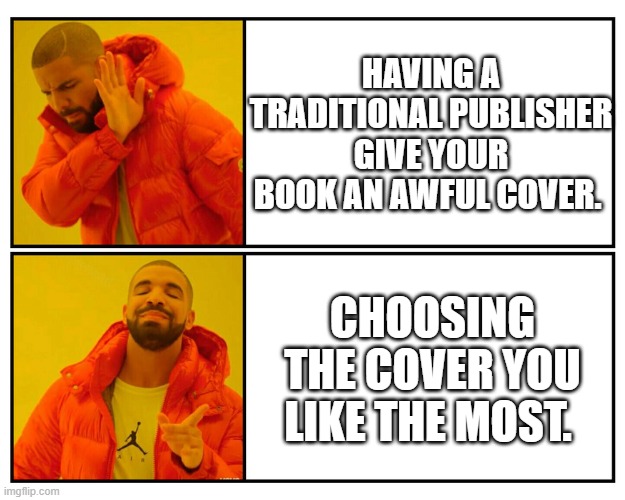
Self-published authors also make significantly more royalties for each book they sell.
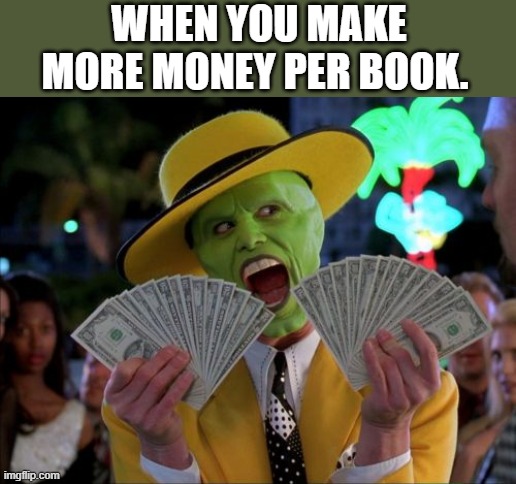
Those are just a few of the many benefits of self-publishing.
The Downsides of Self-Publishing
However, self-publishing isn’t always sunshine and rainbows. There are some drawbacks to going this route as well. For instance, self-published authors have to do all the marketing themselves, and they have to find their own editors and cover designers.
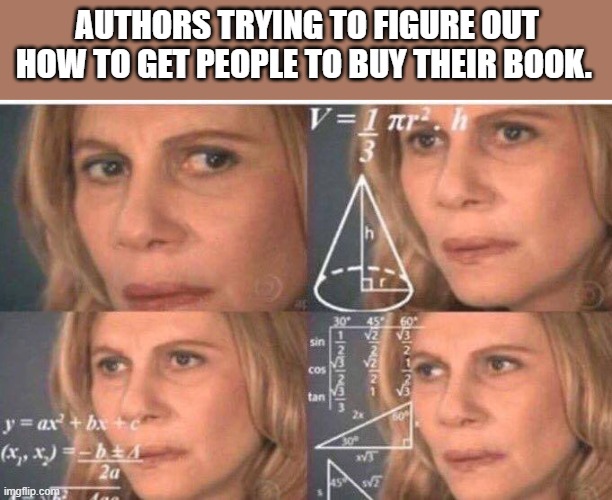
Not only that, but self-publishing has a bit of a stigma attached to it. Because self-published books aren’t vetted, some readers believe that none of them have had editors and that they will all be rough reads.
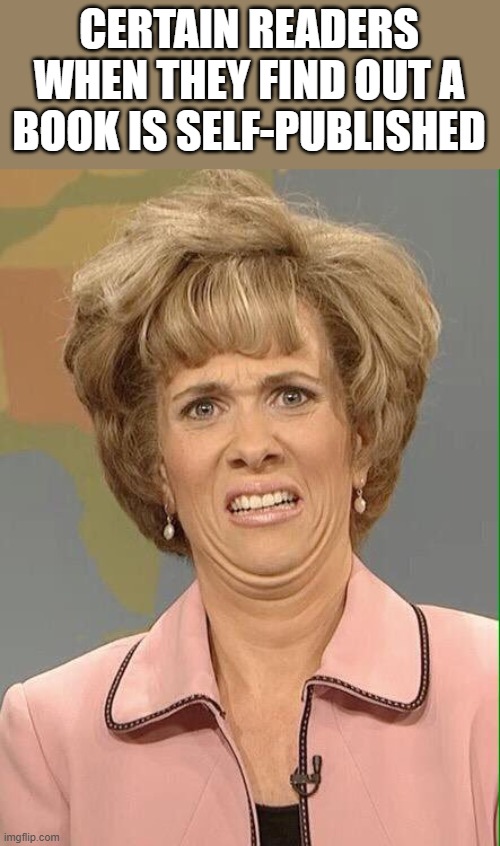
Lastly, self-publishing (when done well) is more of a risk upfront. Traditional publishers pay for editors and cover designers, and they don’t charge the author anything upfront. Meanwhile, self-publishing requires authors to pay their own editors and cover designers to perfect their books, which is money they risk never getting back.
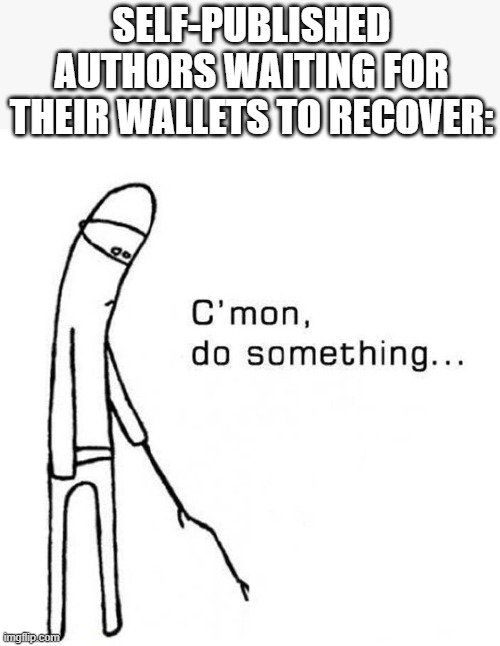
Hybrid Publishing
The hybrid publishing world is one that author’s often get sucked into. Hybrid publishing just seems like the easiest option. For those who aren’t aware, legitimate hybrid publishers will take a manuscript, run it through editors, design the cover, format, and publish your books for a fee. At first glance, it sounds wonderful.
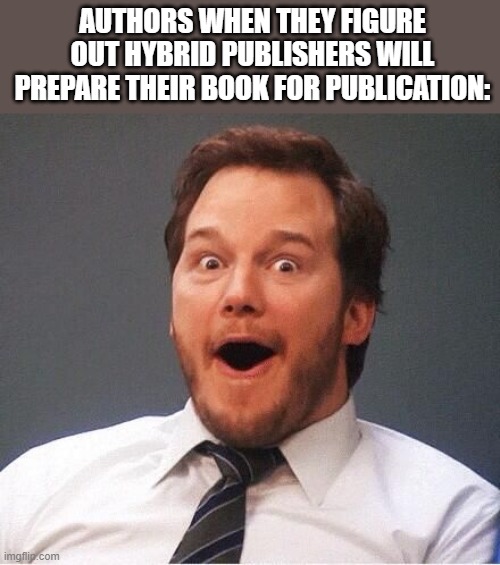
To a lot of people, hybrid publishing seems too good to be true, and it kind of is. The big thing authors need to understand is that hybrid publishers make money off of you upfront. As such, they have no stake in whether your book sells. They won’t help market anything, and as such, they often cost more money than they’re worth. Additionally, because they make their money upfront, they may provide you with mediocre services.
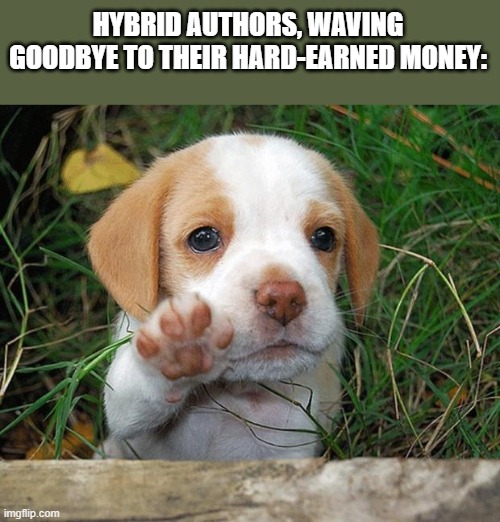
That being said, hybrid publishing is the easiest route. If authors are seeking to get their book out and aren’t terribly worried about sales or quality, hybrid might be the best option for them. However, I mostly advise against going this route as it’s the most costly, and there are a lot of outright scammers in the hybrid industry, who will take your money and run.
The Pros of Traditional Publishing
A lot of people see traditional publishing as the golden option, and they have good reasons to do so. There are many pros to traditional publishing. For instance, it requires zero upfront investment from the author. Legitimate traditional houses make money through book royalties, which in turn motivates them to help their clients’ books sell.
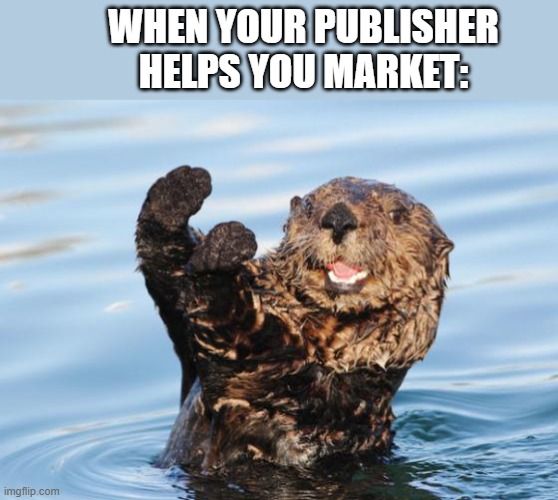
Traditional publishers also have in-house editors and cover designers with proven experience. Where hybrid houses might find you a mediocre editor and cover designer, trad houses will connect you with the creators they trust the most.
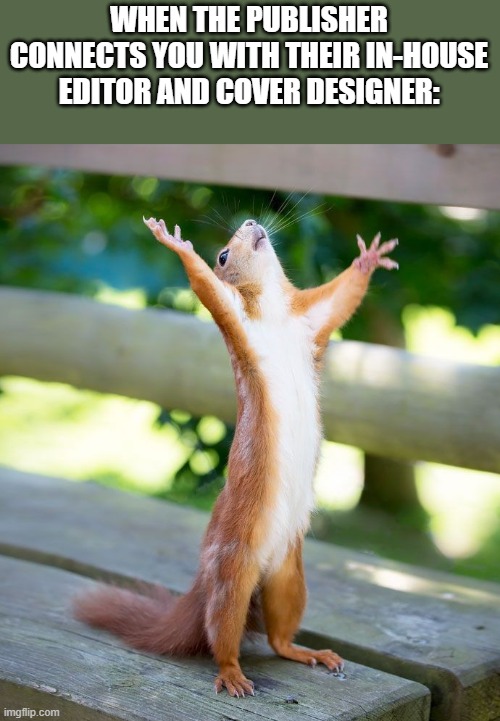
Also, where self-publishing has a stigma, traditional publishing has the opposite. Because it’s hard to get traditionally published, a lot of readers trust a book more if it comes from a trad house.
The Cons of Traditional Publishing
Unfortunately, traditional publishing is notoriously difficult to break into. Even the most famous authors out there have been rejected from trad houses. It becomes part of the process, and some authors never succeed in getting their “yes.”

Unlike self-published authors, too, traditionally published authors have a lot less control over how their book is produced. Many houses won’t even let their authors veto cover designs.
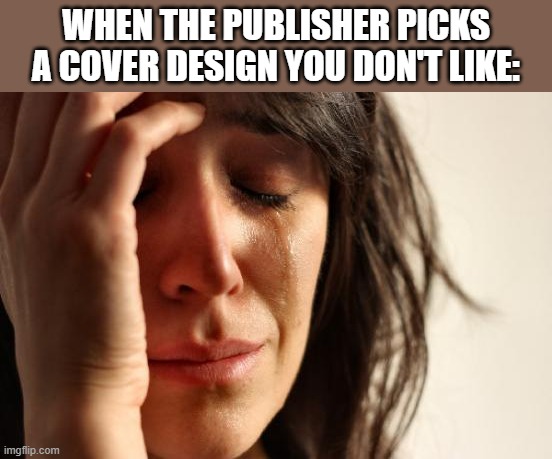
Traditional authors also make less per book than self-published authors, with royalties being split between the author’s agent, the publisher, and the author.
What’s the Right Choice?
The perfect decision ultimately depends on the author. Some writers are way better suited to self-publish and market themselves while others thrive in the traditional field. The only thing that matters is that the author feels comfortable and is happy with their choice. As long as they make an informed decision, that is sure to be the case.
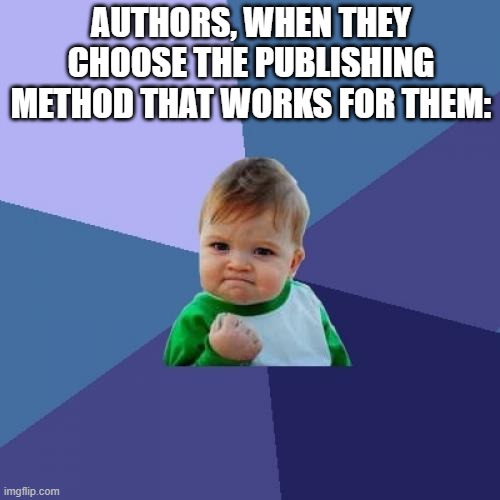
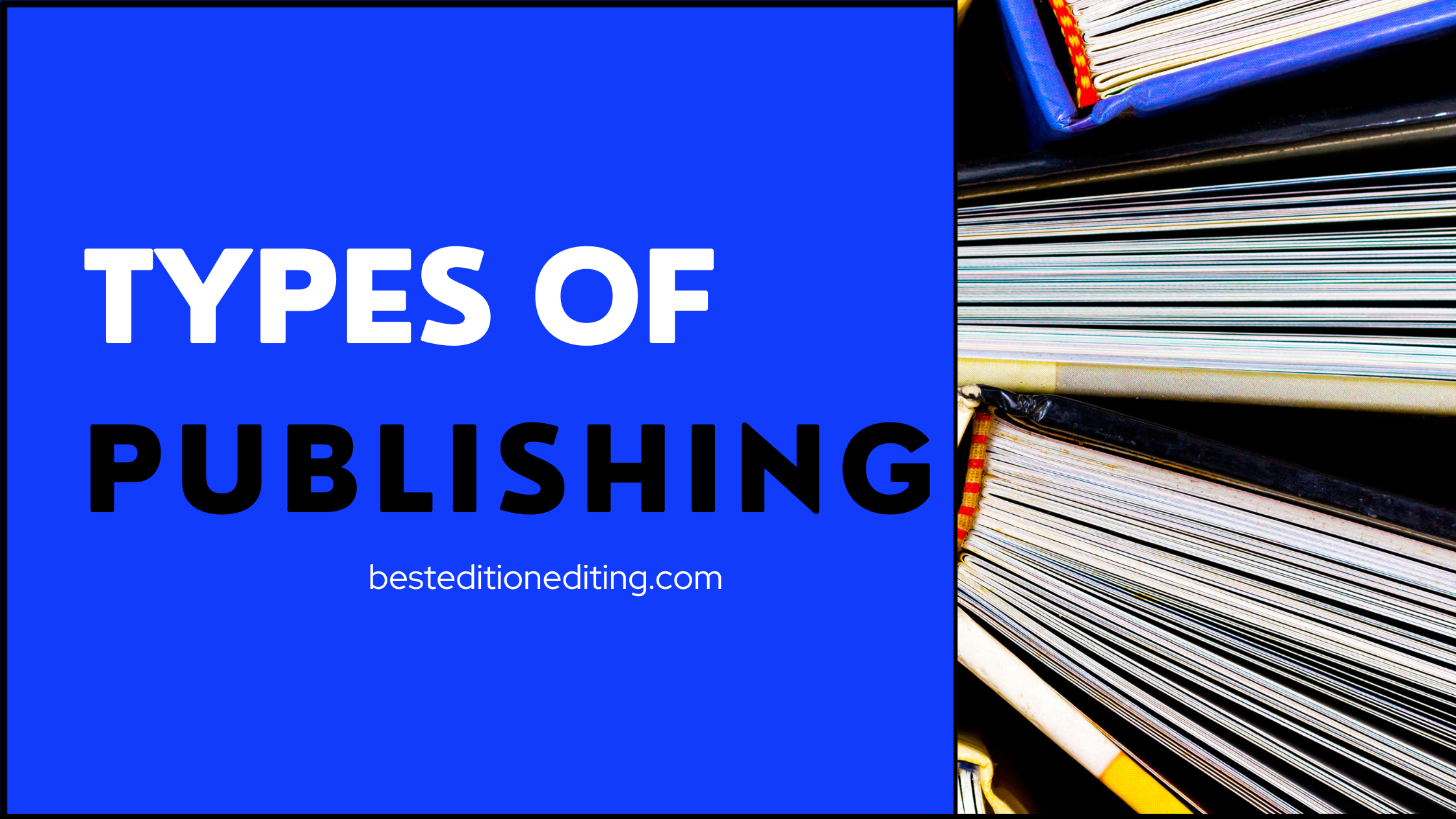
View comments
+ Leave a comment